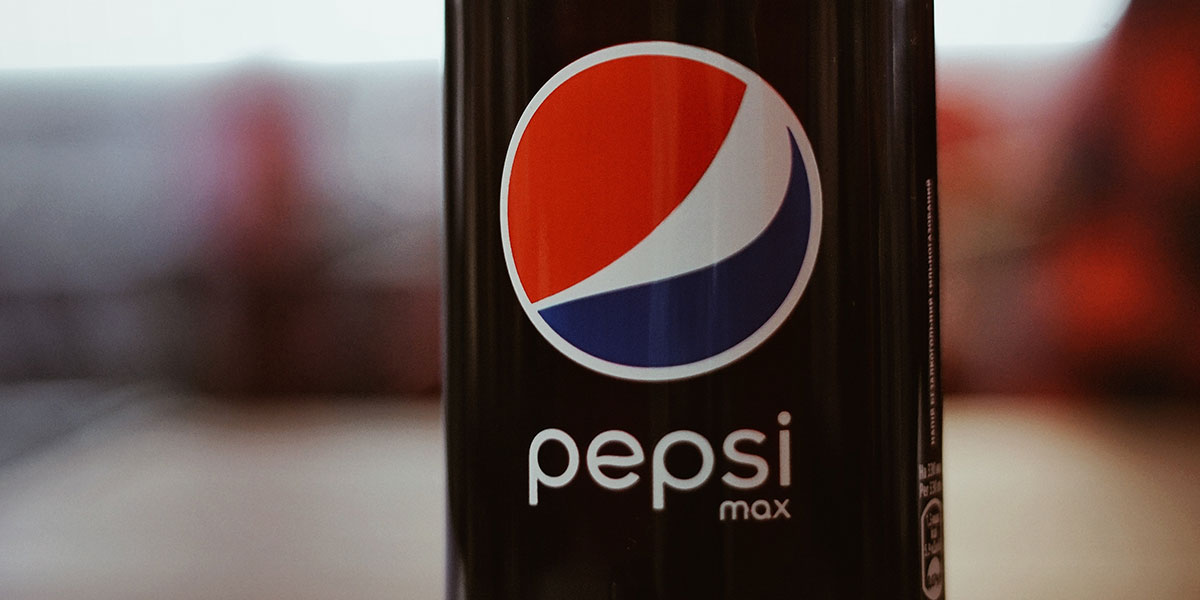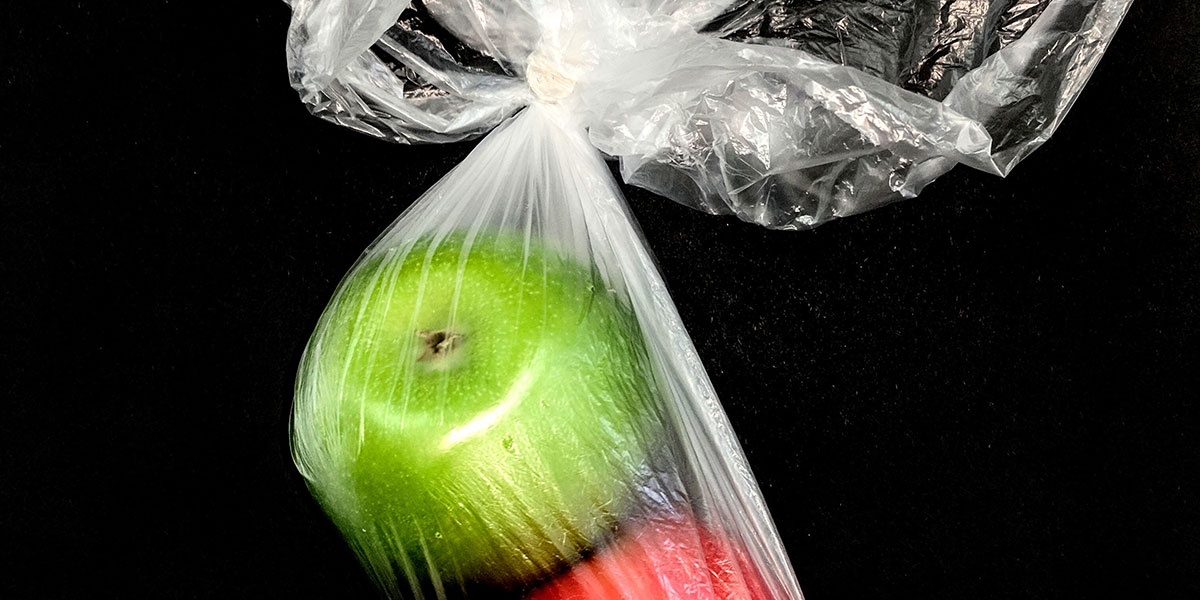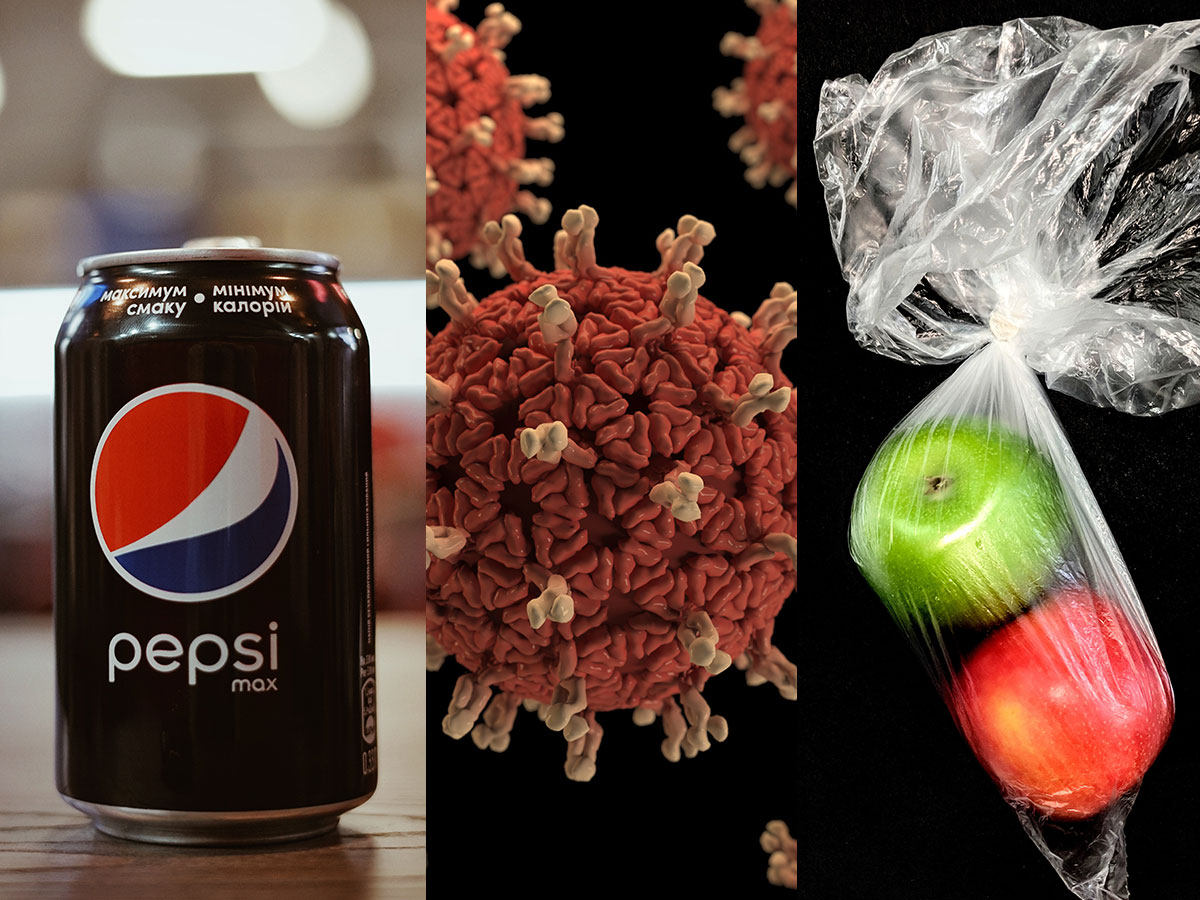In this week’s brand roundup, we look at a bold new can design from Pepsi, innovative plasticpreneurs and the effects of the Coronavirus virus scare on regional businesses. Along the way, we provide valuable supplemental resources for you to peruse at your leisure. These materials can make you a better brand manager, and they’ll equip you with the skills you need to remain agile and resilient. Read on.

Pepsi & Their Miami Can
PepsiCo is a veteran of the advertising wars, having fought long and hard for consumer attention and affection. One tool in their comprehensive kit is limited-time offer packaging. Their design updates often retain what works while adding new elements that capture attention. From their Throwback line, to their King Of Pop line, PepsiCo is among the best in the business when it comes to innovative designs.
Other notable Pepsi can designs that captured the hearts and imaginations of consumers include the:
- PepsiMoji can
- 120th Anniversary Retro can
- Year Of The Dog can
For Super Bowl LII, the company produced a—very—limited edition football can. The can evokes a feeling of roundness with its smooth, curved gold lines. The Pepsi mark rests above gold-tinted football laces on a blue background. The can made headlines, in particular because the release symbolized the brand’s readiness to go toe-to-toe against Coca-Cola on that giant’s home turf in Atlanta.
For Super Bowl LIV, set to take place in Miami, PepsiCo is at it again.
For this year’s Super Bowl design, the company opted for a very sleek resealable aluminum bottle that recalls the neon heat of the city itself. The bottle is bold, with pink palm leaves set against the brand’s traditional blue. The twist-on cap matches the palm leaves, as does the word Miami, with appears in a hand-written font. The NFL logo is situated directly above the Pepsi logo and mark, and a stylized LIV, signifying the 54th Super Bowl, is found at the bottom.
Beneath the palm leaves, the face of the can is decorated with soft geometric patterns reminiscent of those used by the NFL.
The can is truly a work of art. But one might wonder, why does PepsiCo bother? The answer to that is complex, but one contributing factor is the need for a brand to remain relevant. The Super Bowl is a yearly sporting event with deep roots in American culture. By participating in the event, the brand hopes to achieve relevancy by association. What’s more, the custom can demonstrates to consumers that the brand is hip, cool and modern.
Indeed, as millennials come into their purchasing power, we can expect to see more brands embracing partial or full rebrands, limited edition product releases or experimental product offerings.
Plus, let’s not forget that while the Super Bowl is a sporting event, it’s also social in nature—at least for the viewers. For a leg up on how to use social gaming to your advantage in the branding wars, see the case study, Using Social Gaming to Drive Engagement: Insights and Best Practices for Brand Managers.
For more on PepsiCo’s branding strategy, see A Study of Business Process: Case Study Approach to PepsiCo.

Plastic Innovators
There is some irony in the fact that perishable food is often packaged in plastic. Plastic, which ultimately is a derivative of crude oil, can take up to 1,000 years to break down in the environment. Indeed, consumers have been, well, consuming plastic in large amounts for more than half a century. Much of that plastic ends up in the oceans, where it bobs on the surface and is a threat to wildlife.
Several companies are stepping up to tackle the problem, doing something innovative, clever or unique with the plastic scourge. Plus, designers Gagandeep Jhuti and Joe Foale are currently enjoying the limelight after having created expiry date labels that other consumers—or indeed businesses—can place on plastic bottles and other packages. The labels have been spotted on numerous items, and the bottles are all set to ‘expire’ in the year 2499.
The goal? To encourage consumers to recycle.
A Plastic Planet, a non-profit, is also attempting to raise awareness. It encourages consumers to use fewer single-use plastic items and to consider purchasing permanent or multi-use solutions, such as steel straws.
But there are a number of for-profit operations getting in on the game, and some of them are seeing amazing success. This is in part fueled by the fact that millennial consumers tend to be very eco-friendly. This built-in support likely means that all advertising efforts will be bolstered by consumers eager to help make a difference. But social media campaigns on popular platforms such as Reddit, Instagram and Twitter benefit the most.
Parley & Adidas
Parley For The Oceans and Adidas have joined forces to bring sustainable shoes to the masses. Each sneaker produced by the collaboration consumes around 11 plastic bottles, preventing them from ever seeing the surf. The color scheme, which ranges from navy blue to seafoam, hints at the mission. By 2021, Adidas hopes to incorporate recycled plastic into all of its shoes.
Girlfriend Collective
This startup creates attractive athleisure wear from recycled plastic bottles, fishing nets and other materials. The firm went viral after giving their new, innovative product away on Facebook. From there, word of what they were doing was eagerly spread by passionate environmentalists—many of whom also happen to fit the company’s target demographic.
Not long after, the brand was picked up by popular women’s designer Reformation. The company’s leggings and other goods are also available from Nordstrom and other retailers.
Allbirds
The Allbirds brand has previously made headlines for their innovative sourcing, which allows them to produce merino wool and eucalyptus pulp products. They’re also well known for their carbon-negative flip-flops. But recently, the company received positive press for the fact that their laces come from 100 percent recycled plastic.
For more on why modern consumers buy green and how you can profit from it—let’s be honest, going green is a good thing, but companies need to earn green, too—see the following case studies.
Why Consumers Buy Green
Green Consumers: A Growing Market for Many Local Businesses
Conscious Consumers are Changing the Rules of Marketing—Are You Ready?

Virus Scare and Stock Dips
It’s no wonder that public health scares bring reports of health startups to the surface. Consider the headlines on data mining startup Syapse slashing its workforce by 10 percent or on remote monitoring startup BioIntelliSense partnering with UCHealth. The news is awash in tales of innovative medicine, wellness and health startups shaking things up.
It’s the recent breakout of the Coronavirus in China that’s spurring this latest spate of health-related branding news. In South Korea, where retail expects to see a bump over the Chinese New Year period, duty free shops and other outlets reported underwhelming foot traffic. The dip in foot traffic is the result, of course, of Wuhan and other areas of China being locked down. Meanwhile, AmorePacific, the popular Korean skincare brand, saw an 8.4 percent dip in share prices this week. LG Household & Health Care saw a 7.12 percent dip.
Time will tell how these brands intend to weather the storm. But when a brand is threatened by outside factors, bold brand managers, CEOs and presidents get fierce. In this list, we’ll highlight several tactics you can use to see your brand through any storm.
- Be on the lookout for security breaches. If factors beyond your control are making your employees look for safe harbor elsewhere, look out. Some less than scrupulous individuals may seek to profit from your data. To protect yourself, make sure your cyber-protection policy and procedures document is up to date. Also make sure you follow up on each security update, ensuring your data is as secure as it possibly can be. Finally, don’t skimp on security. Look to hire encryption experts who can boost your cyber-security in novel, but proven, ways. Staying one step ahead of hackers is the name of the game.
- Keep employees happy. It may seem counterintuitive to pay more in labor during times of financial crisis, but sometimes this is called for. If your best and brightest start jumping ship, you’re going to pay a lot to train their replacements. If you have employees asking for a raise, it might be time to bite the bullet. What’s more, a disgruntled workforce can contribute significantly to reputation free fall. If your reputation has taken a hit, you don’t want your workforce spreading even more negative stories about you. Keep your people happy.
- Take customer service more seriously than ever. If your brand is being threatened by factors outside your control, it’s more imperative than ever to make sure that each customer transaction goes smoothly. The advent of social media means that consumers can talk about their experience with you faster and with more people than ever before. The problem is customers are much more likely to talk about their dissatisfaction than they are to talk about satisfaction. Sad, but true. Finally, remember that negative reviews on social media and elsewhere online are more or less permanent.
- Audit your brand value statement. What does your values statement say about you? What promises does it make? Now examine your actions. Are your actions in alignment with that values statement? If your brand, revenue or reputation has taken a hit, you can’t afford to be out of alignment here. Take corrective measures before the discrepancy is found by others. If you’re receiving more press coverage than usual, be assured that any discrepancies will be found.
For more on how to weather the storm, see these stellar case studies.

